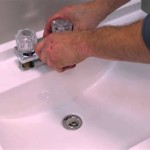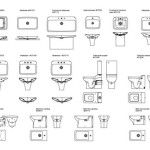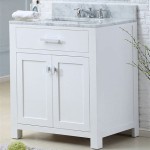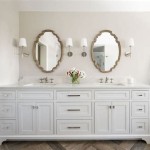Essential Aspects of Adding a Bathroom on Second Floor Revit
Enhancing the functionality and value of a home often involves adding a bathroom on the second floor. With Revit, the leading BIM (Building Information Modeling) software, architects and designers can efficiently plan and visualize this addition, ensuring optimal design outcomes. Understanding the essential aspects of adding a bathroom on the second floor Revit empowers professionals to create practical and aesthetically pleasing spaces.
1. Structural Considerations: Assessing the existing structure's capacity to support the additional weight of a bathroom is crucial. Revit enables accurate modeling of the existing structure, allowing for precise load calculations and reinforcement if necessary.
2. Plumbing and Drainage: Plumbing and drainage systems must be designed efficiently to avoid future issues. Revit's MEP (Mechanical, Electrical, and Plumbing) tools facilitate the creation of comprehensive plumbing layouts, including pipes, fixtures, and drainage connections.
3. Ventilation and Lighting: Proper ventilation is essential for removing moisture and preventing mold growth. Revit helps design ventilation systems that meet building codes and ensure optimal air quality. Natural and artificial lighting are equally important, and Revit allows for detailed modeling of windows and light fixtures.
4. Space Planning and Layout: The bathroom's layout should maximize functionality while maintaining aesthetics. Revit's parametric modeling capabilities enable architects to explore various layout options and optimize space utilization efficiently.
5. Material Selection and Finishes: The choice of materials and finishes impacts the bathroom's overall look and durability. Revit's extensive material library and rendering capabilities allow for realistic visualization of different material combinations and finishes.
6. Building Information Modeling (BIM): Revit's BIM capabilities enable seamless coordination and collaboration among architects, engineers, and contractors throughout the design and construction process. BIM models provide a centralized platform for sharing information, identifying potential conflicts, and ensuring project coordination.
7. Communication and Documentation: Revit produces detailed construction drawings, schedules, and renders that facilitate communication and documentation. These outputs help convey the design intent clearly to contractors and ensure accurate construction execution.
In conclusion, adding a bathroom on the second floor Revit involves several essential aspects. From structural considerations to material selection and BIM coordination, each aspect plays a critical role in ensuring the successful execution of the project. By mastering these aspects, architects and designers can leverage Revit's capabilities to create functional, aesthetically pleasing, and well-coordinated bathroom additions.

14 Beginner Tips To Create A Floor Plan In Revit 2024 Pure

Bathroom Design With Details In Revit Architecture Of A

Add Details To The Revit Model Fixtures Furnishings And Equipment 3 50 Min Autodesk

23 Revit Exercise 4 Adding An Open To Below On The 2nd Floor

14 Beginner Tips To Create A Floor Plan In Revit Design Ideas For The Built World

14 Beginner Tips To Create A Floor Plan In Revit 2024 Pure

3d Plumbing Plan Autodesk Revit 2024 Part 1

Solved Floor Still Visible Outside The 1200mm View Depth Autodesk Community Revit S

14 Beginner Tips To Create A Floor Plan In Revit Pure

How To Create Bathroom Floor And Wall Tiles In Revit Autodesk Community S
Related Posts







